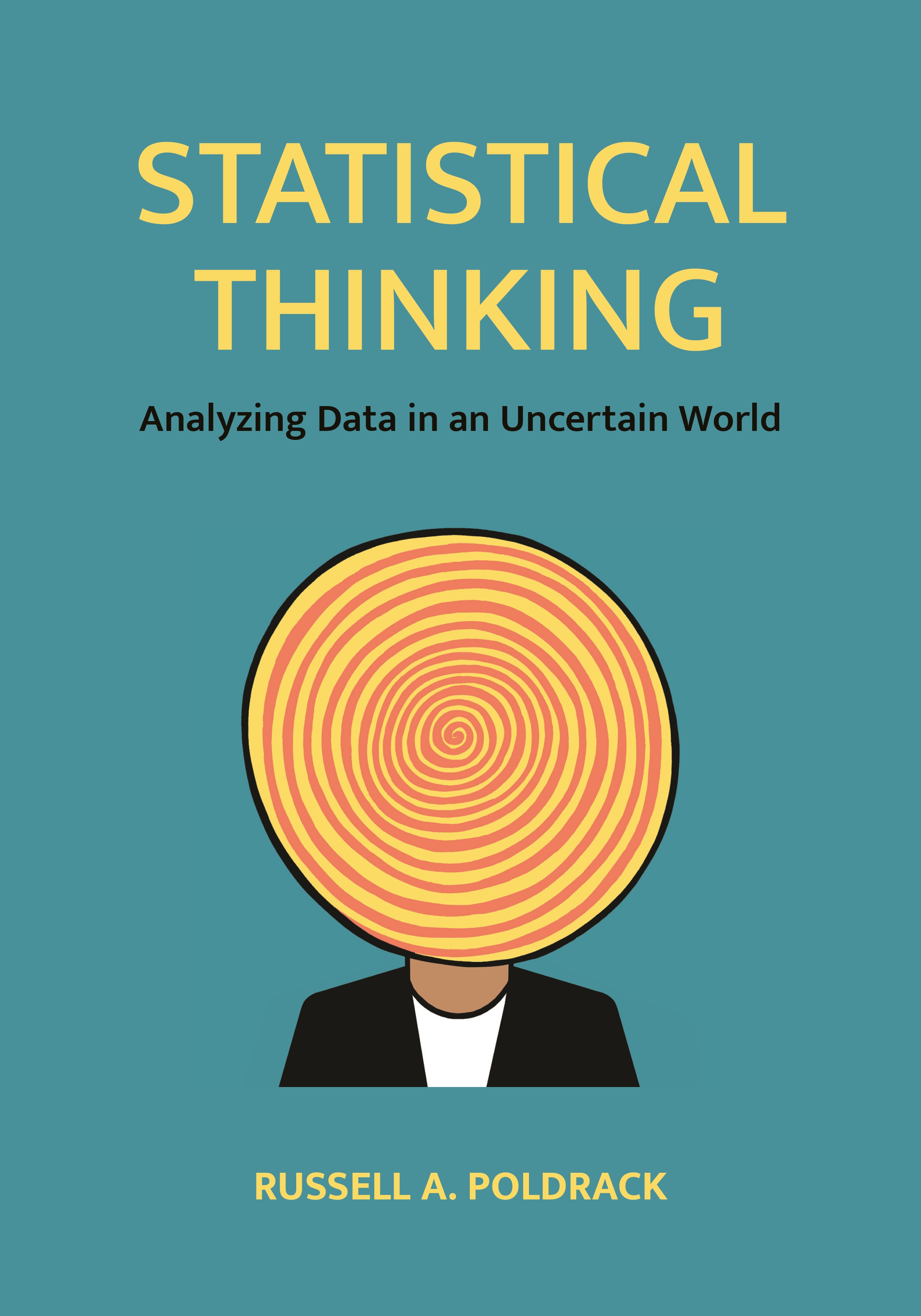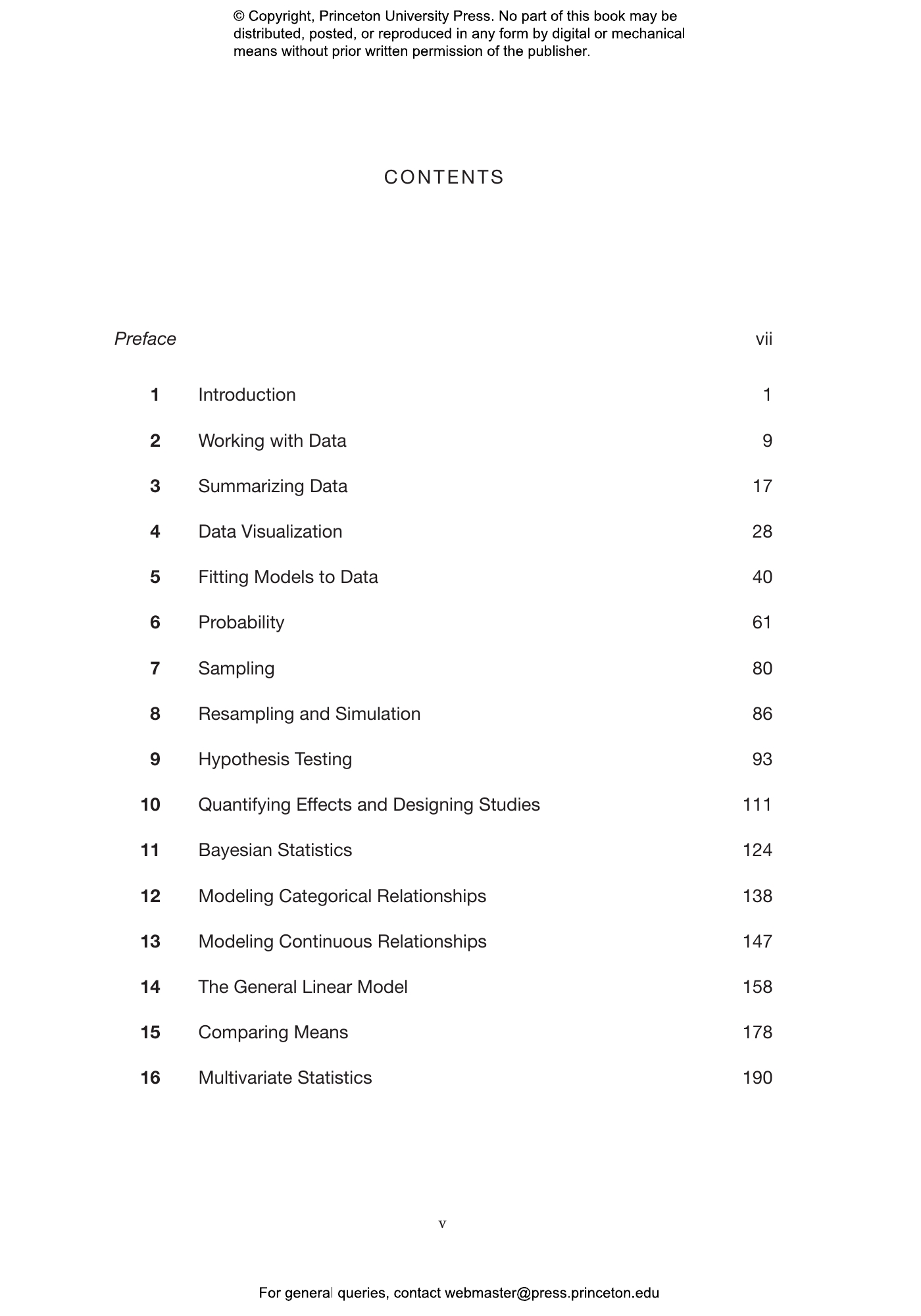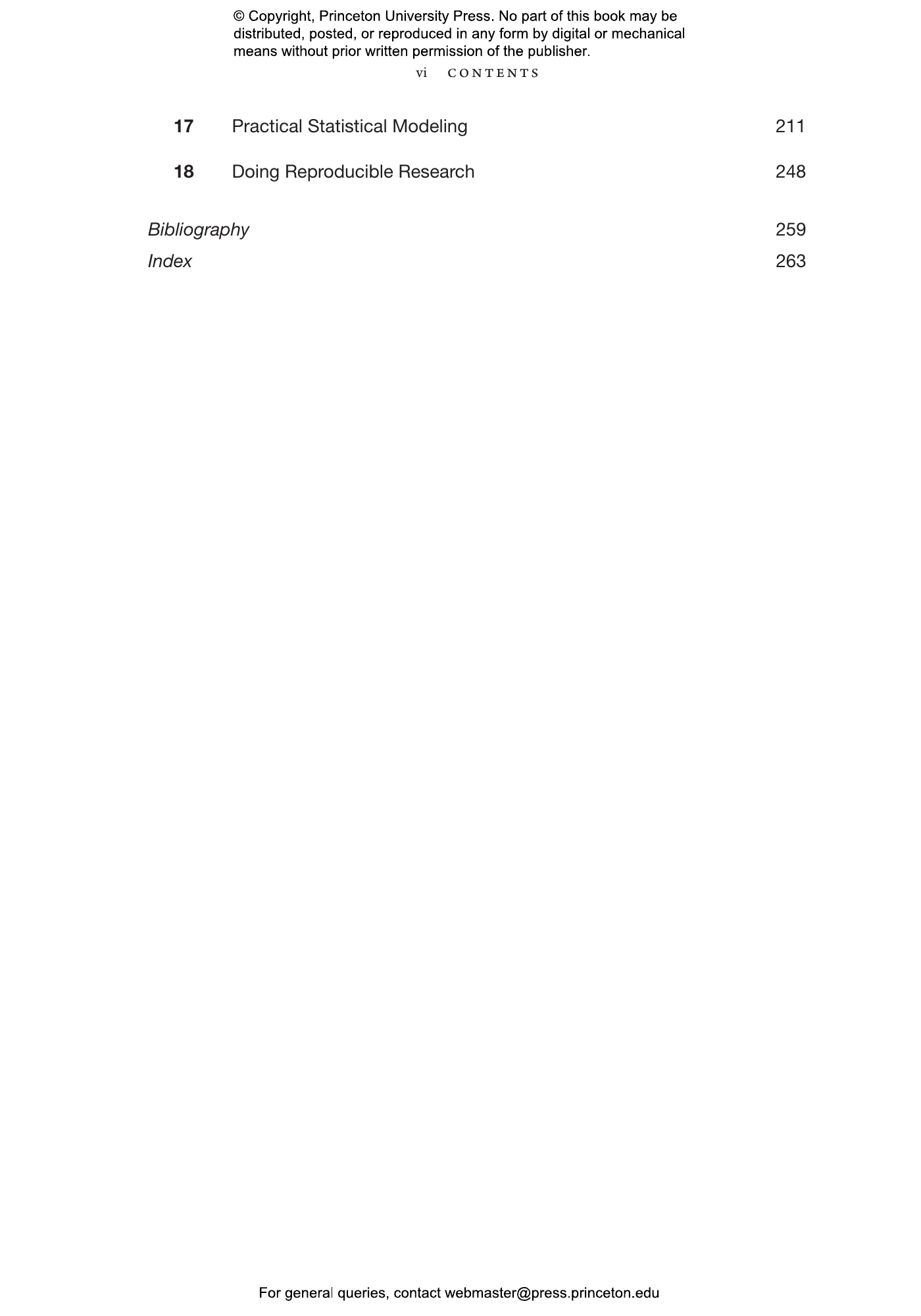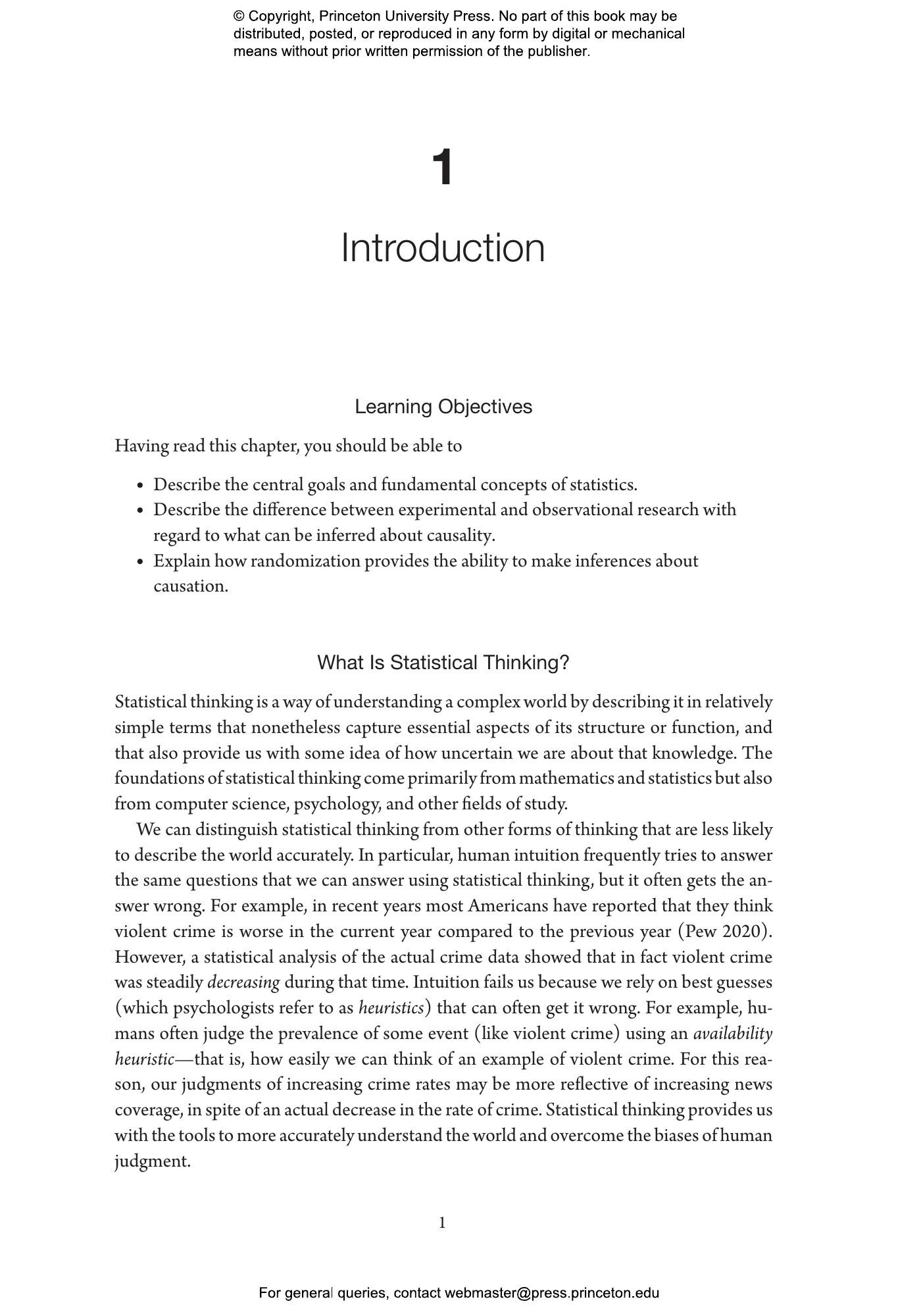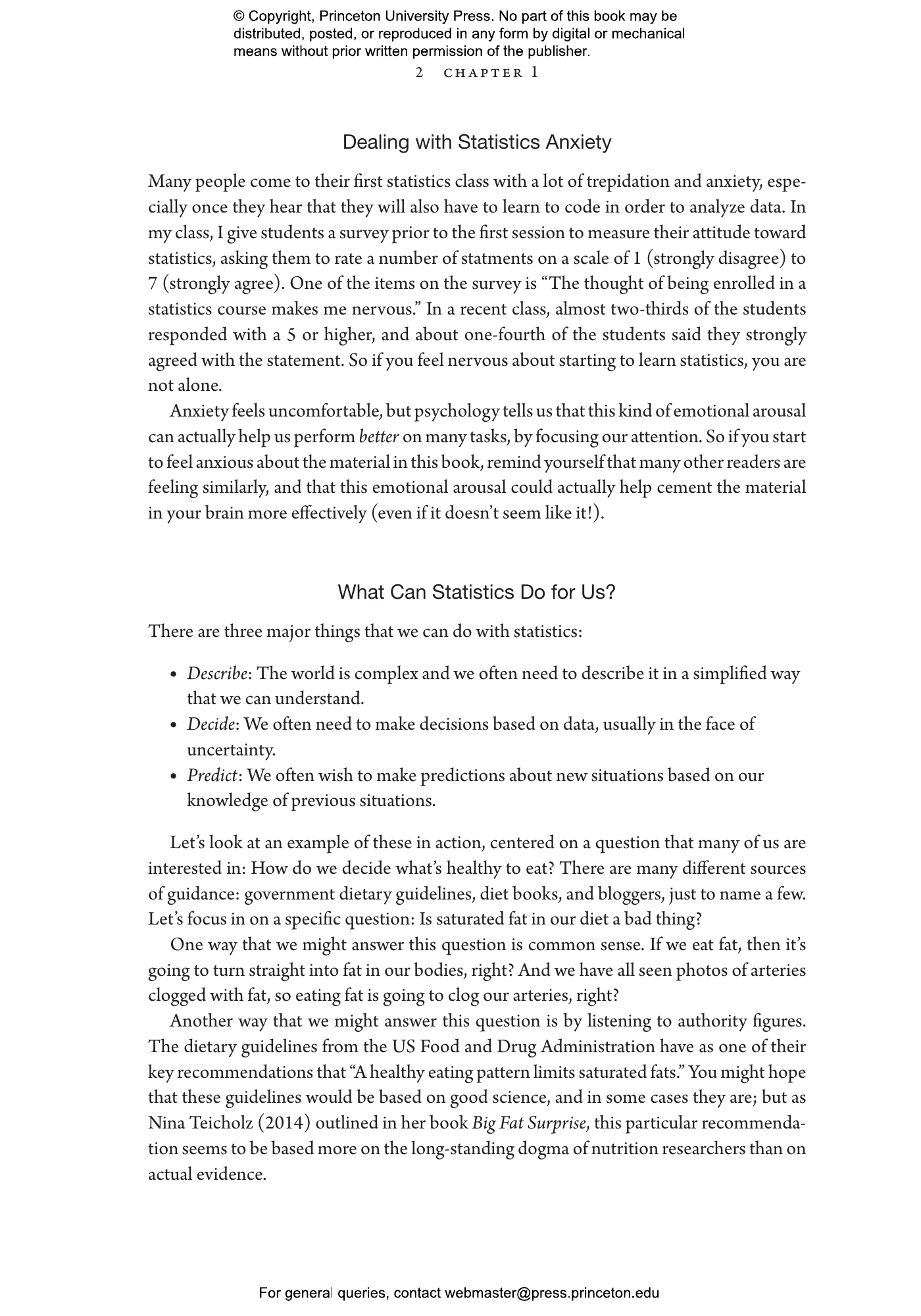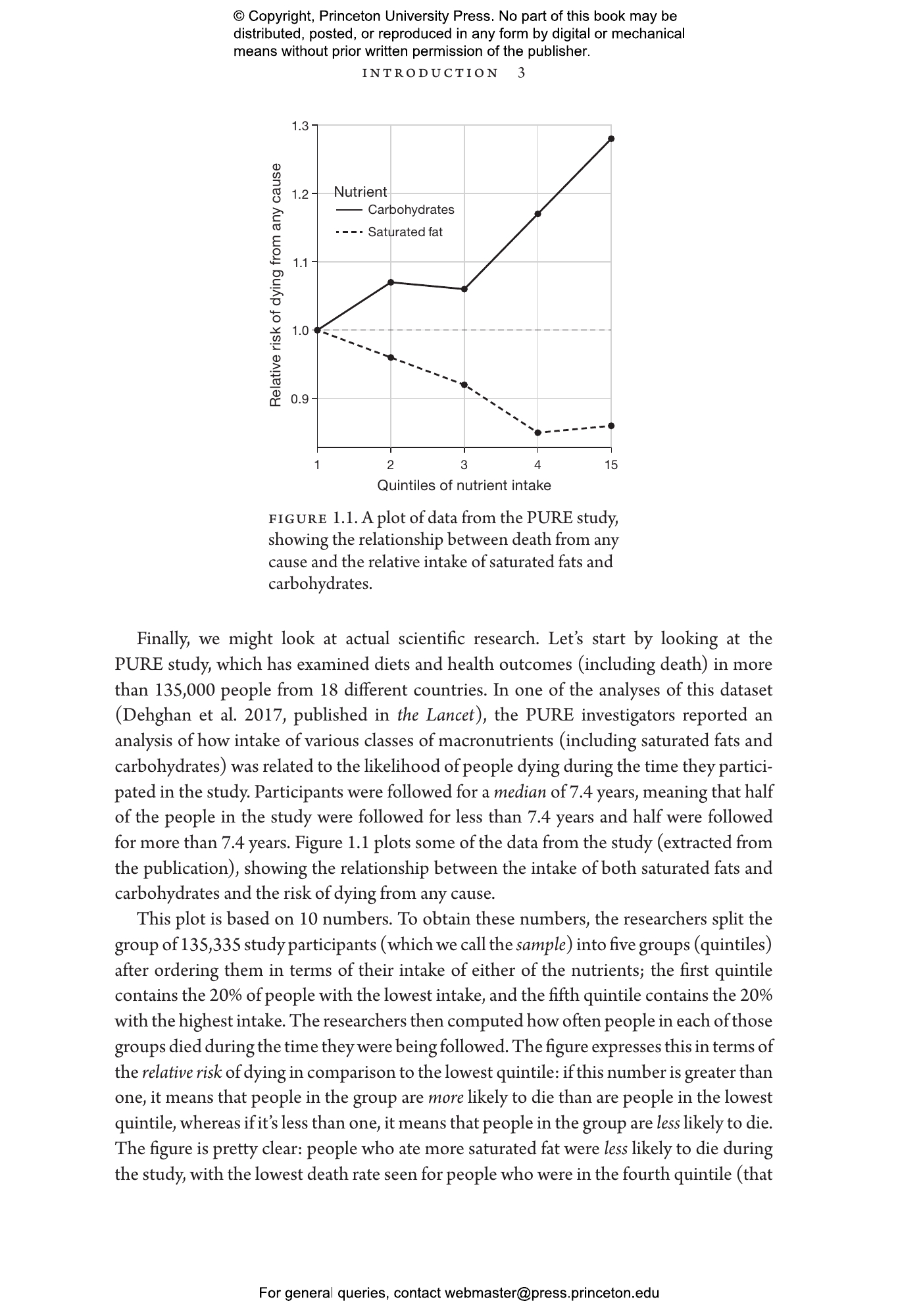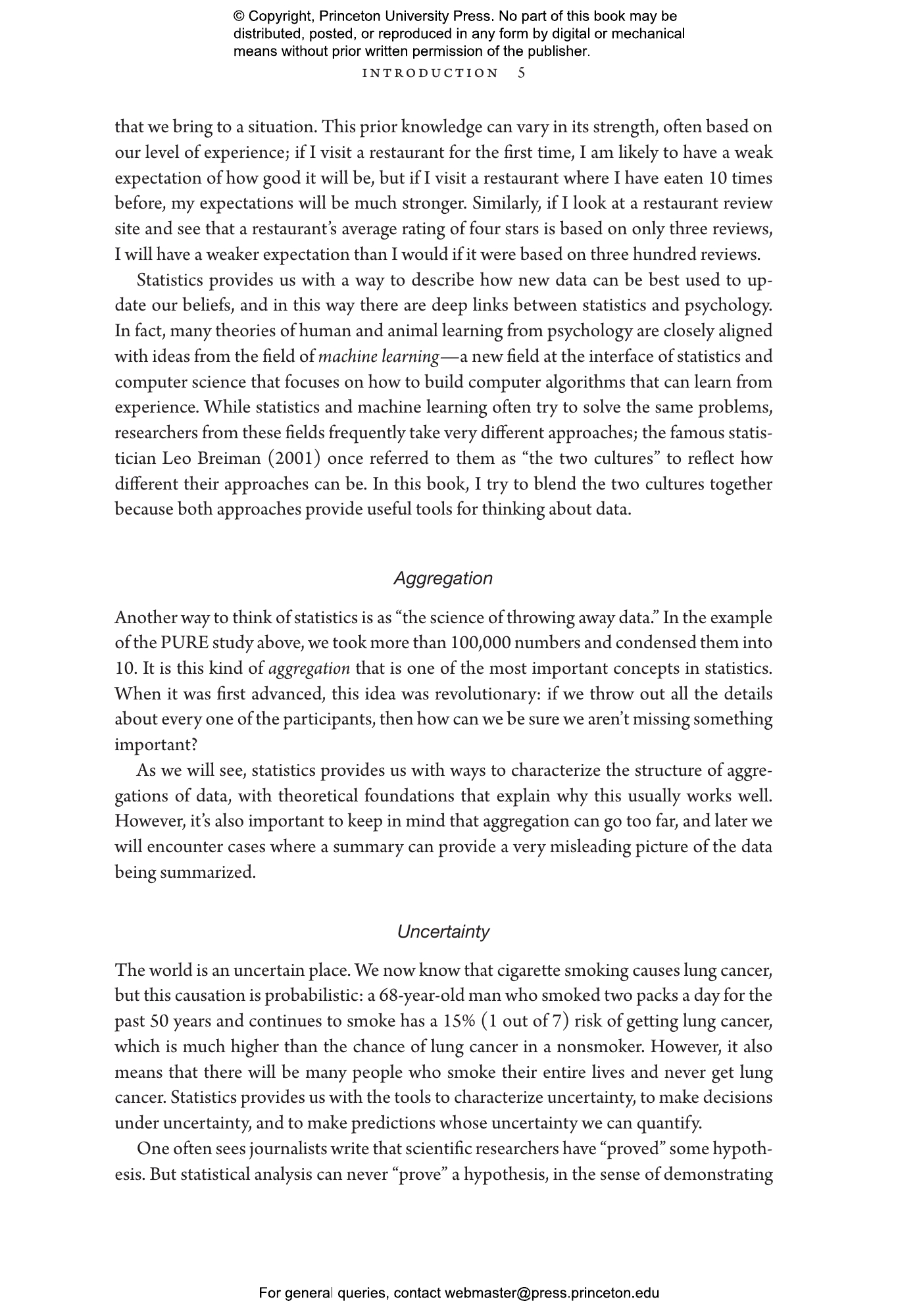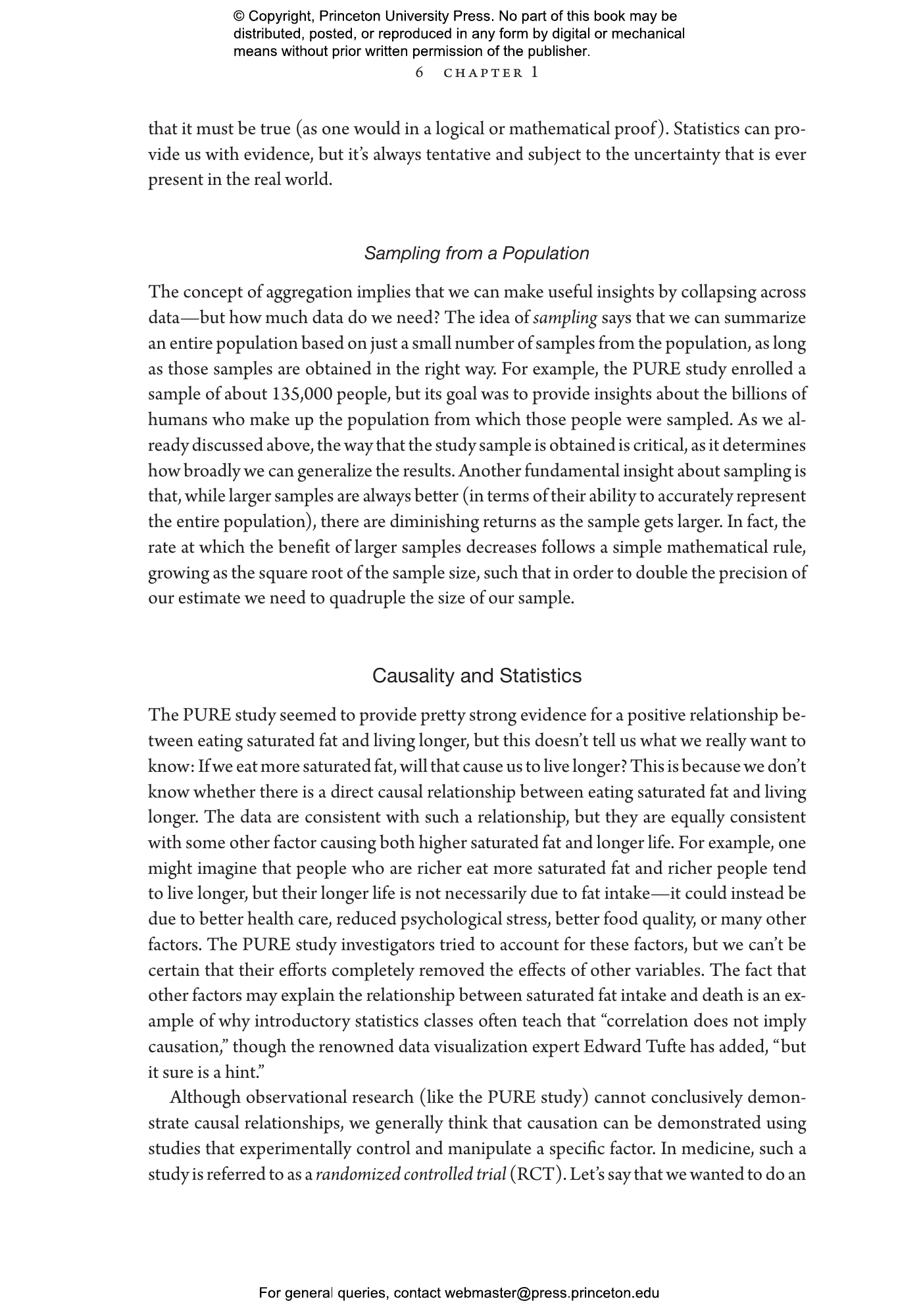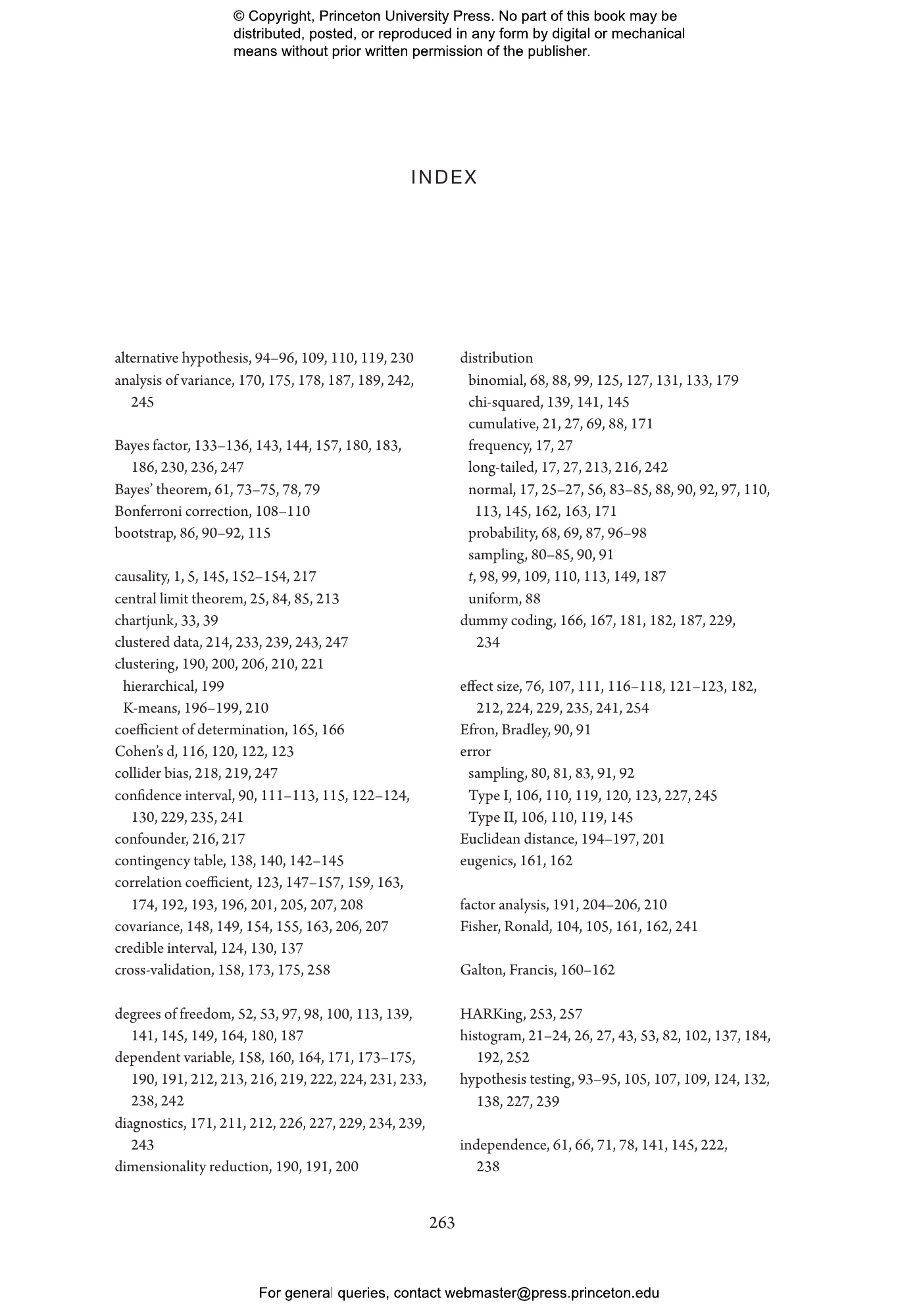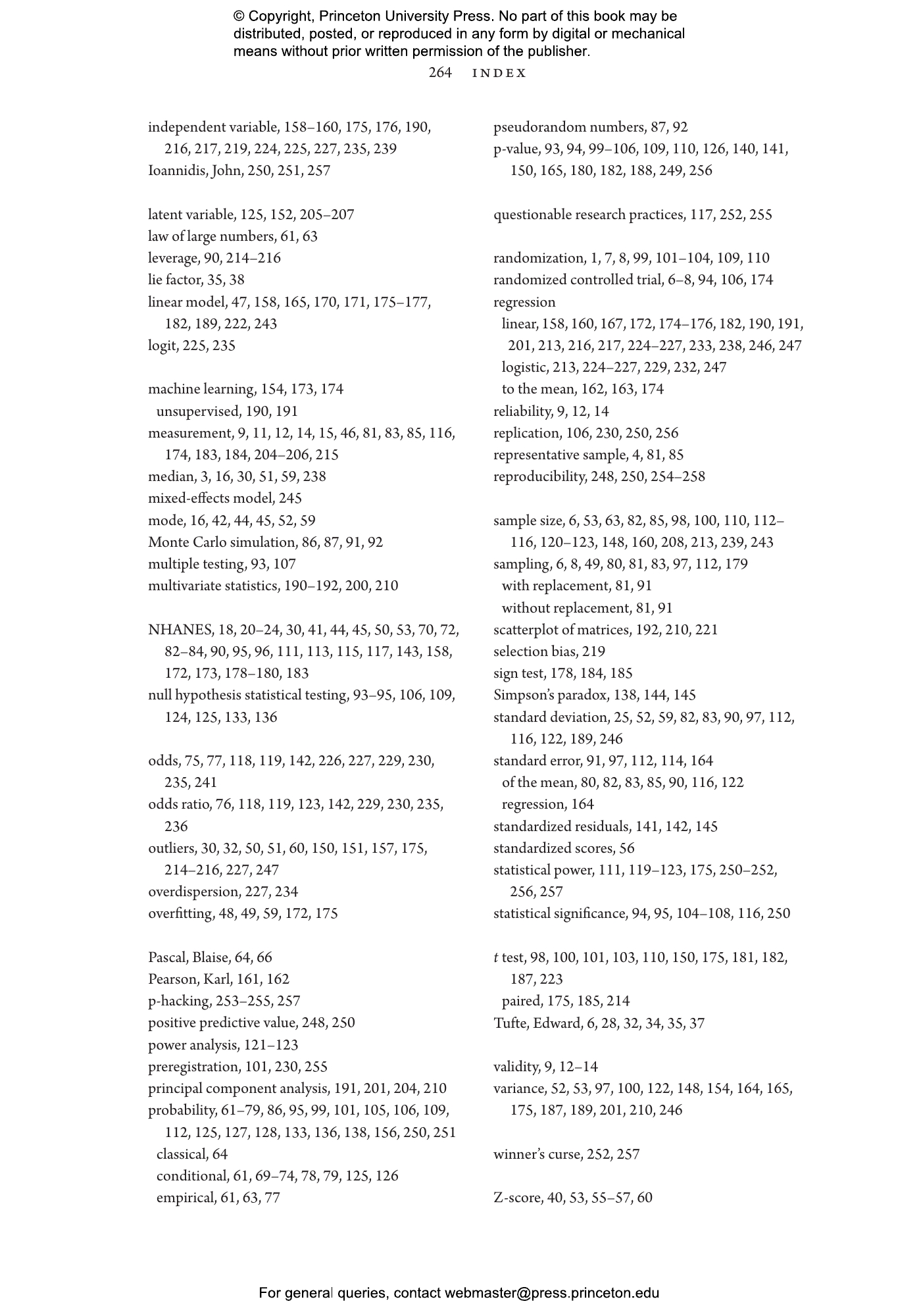Statistical thinking is increasingly essential to understanding our complex world and making informed decisions based on uncertain data. This incisive undergraduate textbook introduces students to the main ideas of statistics in a way that focuses on deep comprehension rather than rote application or mathematical immersion. The presentation of statistical concepts is thoroughly modern, sharing cutting-edge ideas from the fields of machine learning and data science that help students effectively use statistical methods to ask questions about data. Statistical Thinking provides the tools to describe complex patterns that emerge from data and to make accurate predictions and decisions based on data.
- Introduces statistics from a uniquely modern standpoint, helping students to use the basic ideas of statistics to analyze real data
- Presents a model of statistics that ties together a broad range of statistical techniques that can be used to answer many different kinds of questions
- Explains how to use statistics to generate reproducible findings and avoid common mistakes in statistical practice
- Includes a wealth of examples using real-world data
- Accompanied by computer code in R and in Python—freely available online—that enables students to see how each example is generated and to code their own analyses
Russell A. Poldrack is the Albert Ray Lang Professor of Psychology at Stanford University, where he is director of the Stanford Center for Open and Reproducible Science. His books include Hard to Break: Why Our Brains Make Habits Stick and The New Mind Readers: What Neuroimaging Can and Cannot Reveal about Our Thoughts (both Princeton).
“It is understandable that students perceive statistics as math—there are lots of numbers and equations, after all. Russell Poldrack’s Statistical Thinking is an antidote to this misunderstanding, showing the reader that statistics is about reasoning. With short, focused chapters, the book is expertly designed to bring students into describing, deciding, and predicting with statistics, and never leaves them behind.”—Brian Nosek, University of Virginia
“This is a fantastic book. With a clear and engaging style, it draws on key elements of statistical wisdom to enable students to understand quantitative thinking and modeling in the social sciences.”—Jonathan Jackson, professor of methodology, London School of Economics and Political Science
“Poldrack blends modern statistical techniques with a focus on modeling, and uses impressively simple language to convey challenging concepts—I really like the tone, content, and examples.”—Emily Cohen-Shikora, Washington University in St. Louis
“Poldrack starts with the basics and progresses systematically through the key concepts of statistics, explaining and illustrating them with concrete examples. Statistical Thinking is an ideal textbook for any undergraduate seeking a modern and to-the-point perspective on statistical inference.”—Eric-Jan Wagenmakers, coeditor of An Introduction to Model-Based Cognitive Neuroscience
“Outstanding. Poldrack covers frequentist as well as Bayesian statistics at an introductory stats level while providing invaluable guidance for anyone who wants to learn statistics using R.”—Patrick Mair, Harvard University
“A very good book and an enjoyable read. The writing is engaging and clear, and the citations and examples represent a diverse selection of sources, perspectives, and contemporary approaches.”—Phil Reed, author of Interventions for Autism: Evidence for Educational and Clinical Practice


